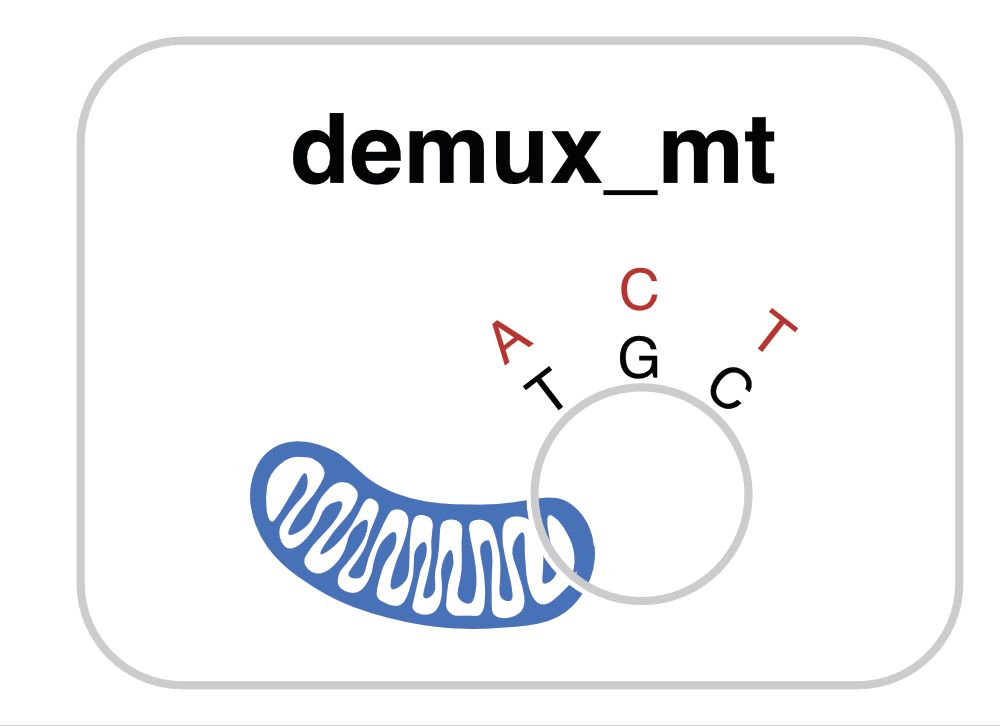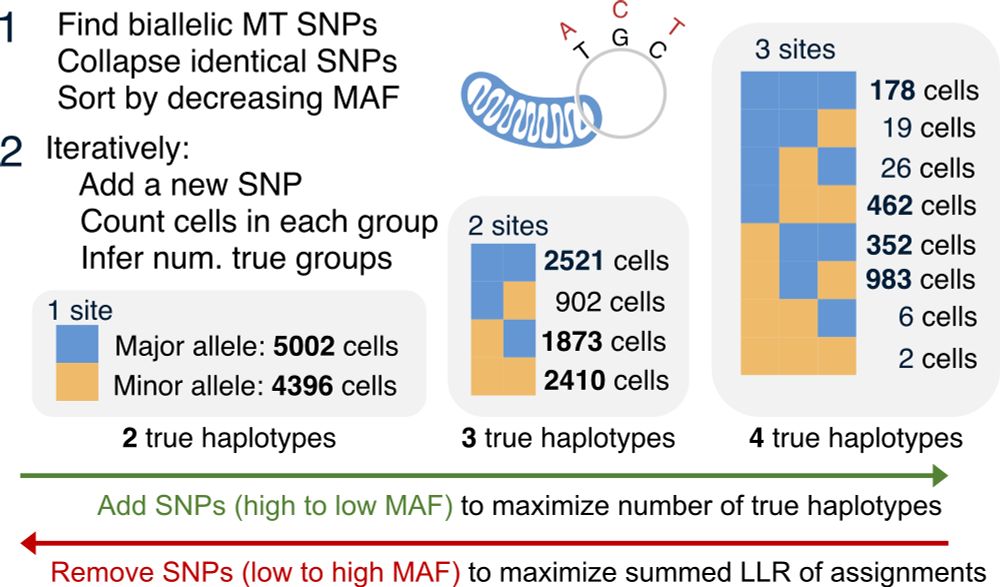Nathan Schaefer
@nkschaefer.bsky.social
21 followers
36 following
52 posts
UCSF postdoc, human, mammal
Posts
Media
Videos
Starter Packs
Nathan Schaefer
@nkschaefer.bsky.social
· Mar 24
Nathan Schaefer
@nkschaefer.bsky.social
· Mar 24

Identification of human mitochondrial RNA cleavage sites and candidate RNA processing factors - BMC Biology
Background The human mitochondrial genome is transcribed as long strands of RNA containing multiple genes, which require post-transcriptional cleavage and processing to release functional gene product...
bmcbiol.biomedcentral.com
Nathan Schaefer
@nkschaefer.bsky.social
· Mar 24
Nathan Schaefer
@nkschaefer.bsky.social
· Mar 24

Mechanisms of Human Mitochondrial DNA Maintenance: The Determining Role of Primary Sequence and Length over Function | Molecular Biology of the Cell
Although the regulation of mitochondrial DNA (mtDNA) copy number is performed by nuclear-coded factors, very little is known about the mechanisms controlling this process. We attempted to introduce no...
www.molbiolcell.org
Nathan Schaefer
@nkschaefer.bsky.social
· Mar 24
Nathan Schaefer
@nkschaefer.bsky.social
· Mar 24
Nathan Schaefer
@nkschaefer.bsky.social
· Mar 24
Nathan Schaefer
@nkschaefer.bsky.social
· Mar 24
Nathan Schaefer
@nkschaefer.bsky.social
· Mar 24
Nathan Schaefer
@nkschaefer.bsky.social
· Mar 24
Nathan Schaefer
@nkschaefer.bsky.social
· Mar 24
Nathan Schaefer
@nkschaefer.bsky.social
· Mar 24

Human neuronal maturation comes of age: cellular mechanisms and species differences - Nature Reviews Neuroscience
Human cortical neurons undergo a protracted period of postmitotic maturation compared with those of other species. Wallace and Pollen review the cell-intrinsic and cell-extrinsic mechanisms that gover...
www.nature.com



















